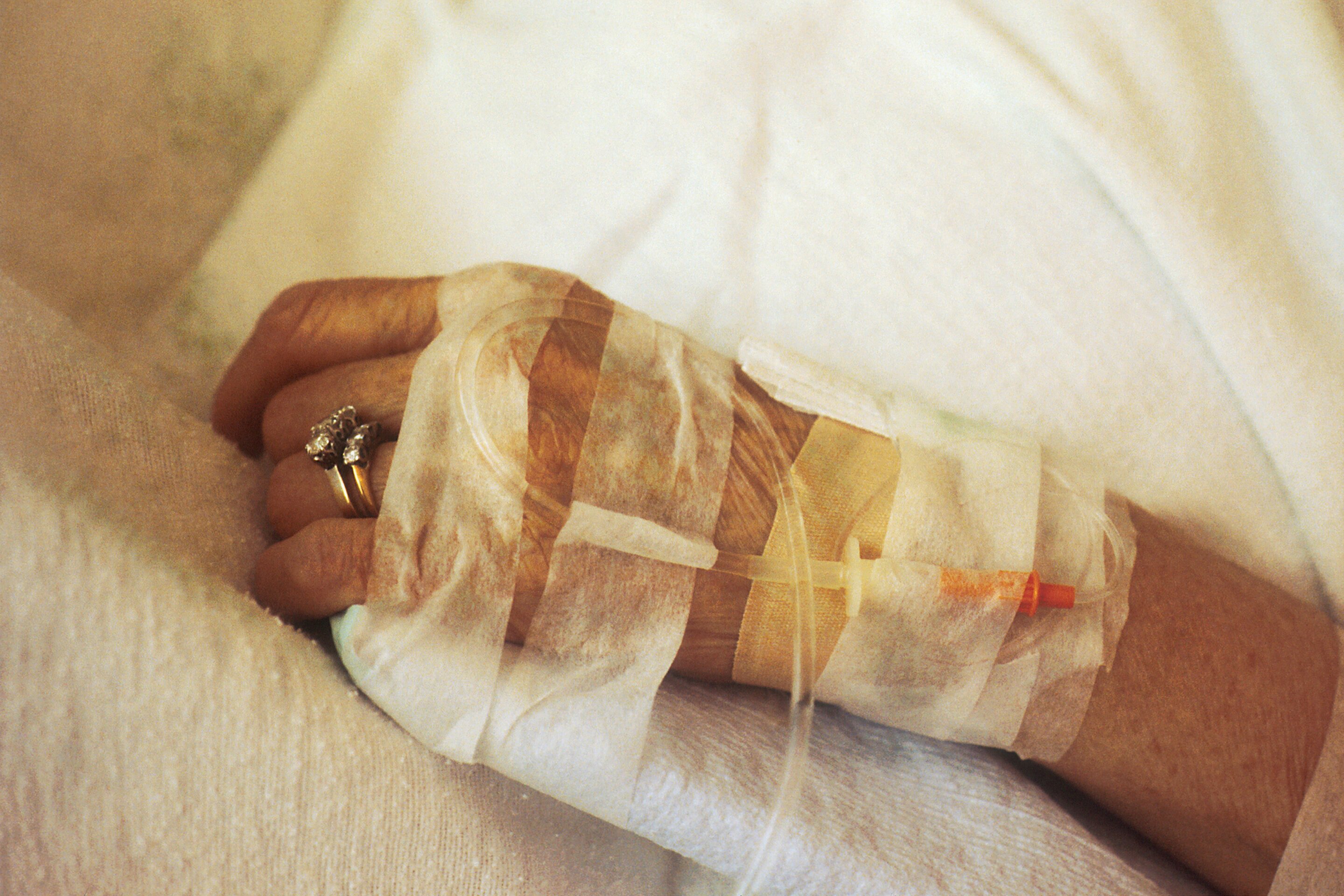
An immunotherapy drug given before surgery instead of chemotherapy meant that over ten times more patients with a certain genetic profile were cancer-free after surgery, according to clinical trial results presented by researchers at UCL and UCLH.
The findings, presented at the American Society of Clinical Oncology (ASCO) Annual Meeting 2024, are interim results from the NEOPRISM-CRC phase II clinical trial assessing whether the immunotherapy drug pembrolizumab can improve outcomes for patients with stage two or stage three MMR deficient/MSI-High bowel cancer. The trial was a collaboration among UCL, UCLH, the Christie NHS Foundation Trust in Manchester, St...
Read More









Recent Comments